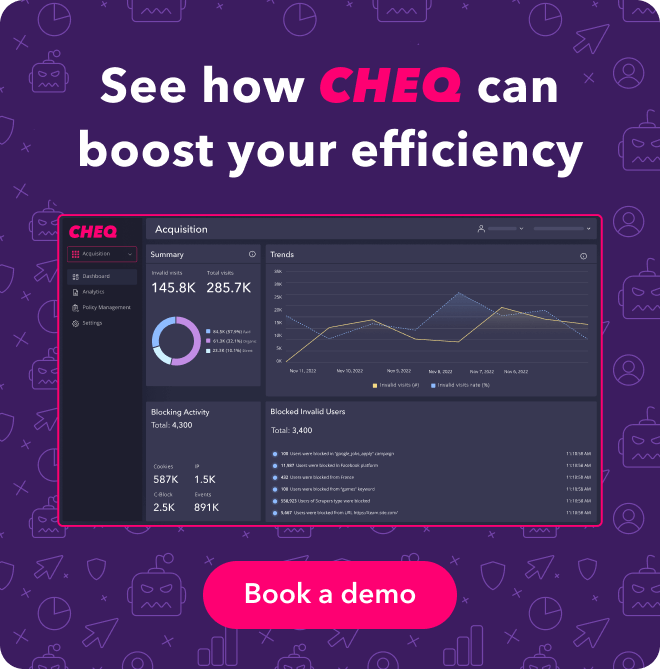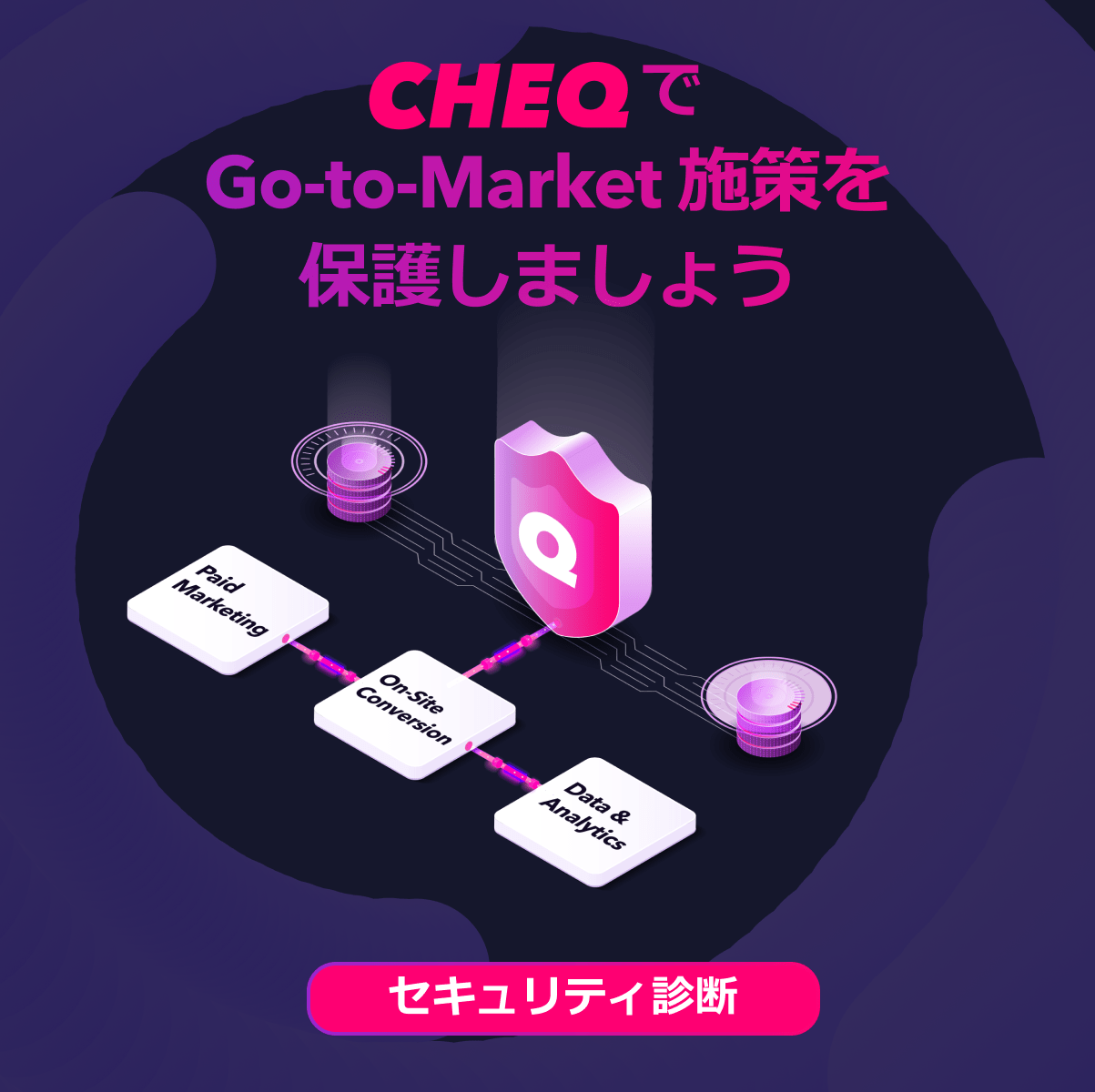10 Ways IVT Impacts Go-to-Market Initiatives
Kerry Coppinger
|Cyber Risks & Threats | November 29, 2021

Invalid Traffic (IVT) is a prominent issue for businesses of all sizes. As bots and fake users continue to infiltrate the internet, various teams are recognizing that IVT impacts them in their day-to-day initiatives and is much more than just a problem for the CISO. It follows that go-to-market organizations are hopping on board with the concept of protecting their digital initiatives from bots and fake users and are implementing cybersecurity technology. This trend is largely motivated by the realization that IVT poisons everything they do and is the antithesis of operational efficiency. In this article, we describe 10 key ways IVT can impact go-to-market initiatives.
1. CDP and DMP Segments
Outside of intent targeting, audience segments are one of the most central ways marketers get in front of their ideal customers. However, when IVT is present, these audience segments become polluted. This can cause marketers to unknowingly optimize toward bots over and over and retarget invalid users that have no chance of converting.
2. Go-to-Market Funnels
IVT also disrupts conversion efforts by entering the marketing funnel. This can cause marketers and go-to-market teams to spend valuable time and resources trying to better optimize their funnel, conduct A/B tests, and change verbiage without first eliminating the Invalid Traffic that is poisoning these efforts in the first place.
3. Websites
Websites are oftentimes the primary place where prospects and visitors convert into leads and eventually real paying customers. However, IVT can flood websites and cause a variety of issues. This includes, but is not limited to, interacting with chat support messengers, slowing website performance, and hurting SEO by exhausting your website server.
4. BI Systems
Business Intelligence (BI) systems are often seen as an organization’s source of truth. Since every important business decision is made based on data, it is incredibly important that it is accurate and reliable. Unfortunately, IVT can stand in the way by showing inaccurate traffic metrics and conversion metrics, which can lead to poor projections and decision-making.
5. CRM Databases
Whether your go-to-market team is collecting leads through third-party platforms, prospecting tools, or inbound strategies, it is essential that all leads fit your ideal customer profile and that they have an opportunity to turn into real paying customers. When IVT enters your CRM, however, this primary goal can become much more difficult to achieve. BDRs and sales reps can end up spending valuable time and energy reaching out to leads that are actually just bots and fake users.
6. Marketing Automation
When IVT is present within your marketing automation platforms, it can contaminate your workflows, email marketing campaigns, and other important initiatives. This can cause open rates and other important metrics to be skewed. Furthermore, since many of these platforms are priced on a per-contact basis, companies can end up spending thousands on leads that are not real users and are just taking up space.
7. Go-to-Market Campaigns
When launching go-to-market campaigns to acquire new users, it is important to optimize them so that you are getting the most for your budget and bringing in the highest volume of quality leads possible. However, bots and fake users can frequently interact with advertisements, which can then cause those ads to be optimized toward additional invalid users. Not to mention IVT also eats up your budget, which can be detrimental to reaching those ideal customers that the campaigns aim to target.
8. eCommerce Initiatives
eCommerce sites are great for converting many users quickly, and all in one place. But while IVT cannot convert into legitimate paying customers, that doesn’t stop bots and fake users from filling out contact forms, booking reservations, or scheduling travel plans. This can skew information and distort customer interest.
9. Security Compliance
When IVT makes its way to go-to-market assets online, it exposes your business to a variety of potential threats. This can take the form of data leaks of both company information and customer data and can be incredibly risky for any business with secure information. This is incredibly counterproductive to establishing trust with your customer base.
10. Customer Payments
IVT can also lead to immense amounts of fraudulent payments on a given website or invalid carding attacks. This can be devastating to businesses that are relying on their website as a source of revenue. Not to mention, it can skew projections and seriously harm overall pipeline expectations for years to come.
Overall, IVT can poison virtually every go-to-market initiative imaginable. The good news is that there is now sophisticated go-to-market security technology that can help protect organizations against bots and fake users so that they can focus on running their business. For more information, reach out to our team today and book a demo.














